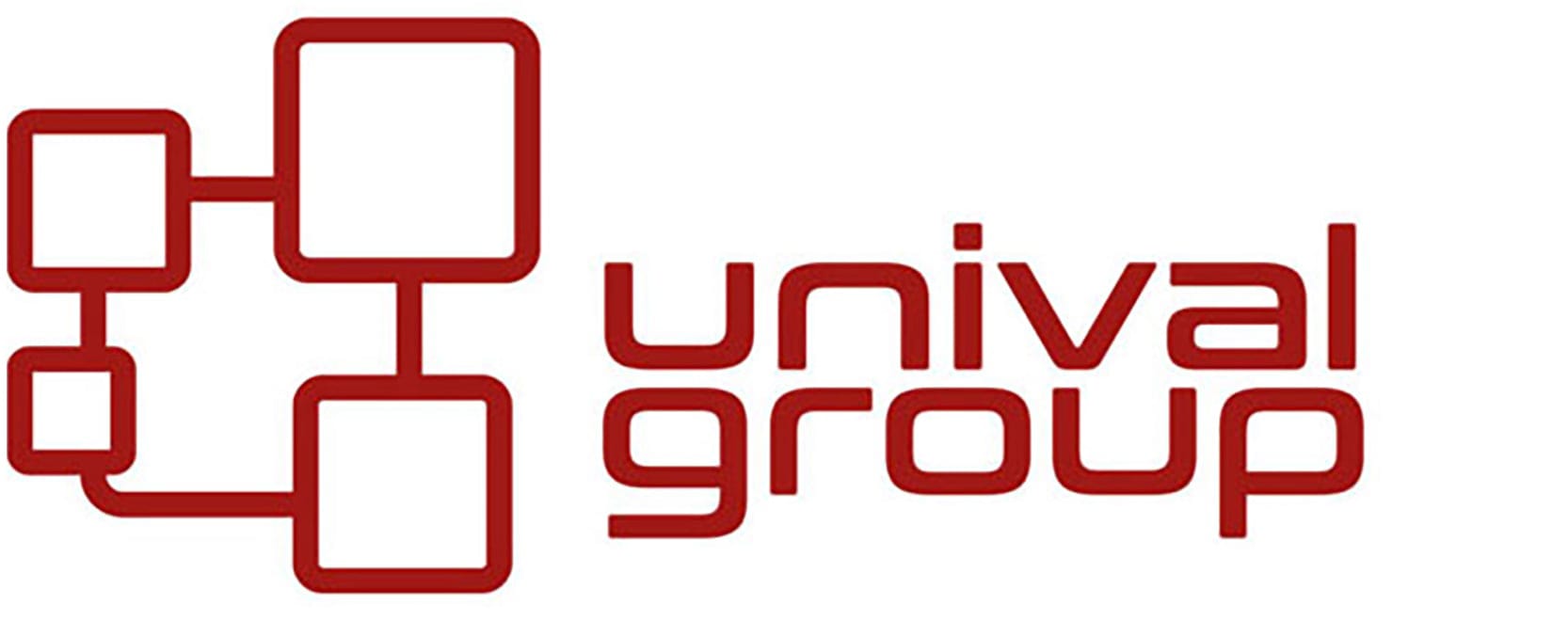CHECKPOINT DESIGN
Modern screening equipment offers a wide range of capabilities to detect contrabands and dangerous goods. With a high demand for screening of many different objects such trains, trucks, busses, cars, cargo, bags, food as well as people screening, the security market today provides a wide range of screening technologies and equipment. The reality is that many of such technologies are great on specific items but fail on other scenarios or are simply not mature enough for harsh environments. No matter how modern technology is, there is no equipment without limitations in some form. For this reason, depending on task and requirements, different combinations of equipment, organized in an optimal way will provide full functionality for specific checkpoints.
By ignoring some factors, we can simply separate screening checkpoints into two different types: Vehicle checkpoints and People checkpoints. Vehicle Checkpoints can be organized for different vehicle categories: Truck checkpoints, Car checkpoints, Bus checkpoints as well as mixed checkpoints. In People checkpoints we can differentiate mostly by place of installation into Airport checkpoints, Prison checkpoints, Hotel checkpoints, Bank checkpoints, Governmental Institution checkpoints, Loss Prevention checkpoints and many others.
Sometimes, due to lack of experience, clients tend to copy already existing solutions, which have proven successful in similar environments, only to find out that individual requirements whether different concept of operations or other threat factors lead to completely a completely different outcome.
COMPLETE SCREENING CONTAINER BY unival
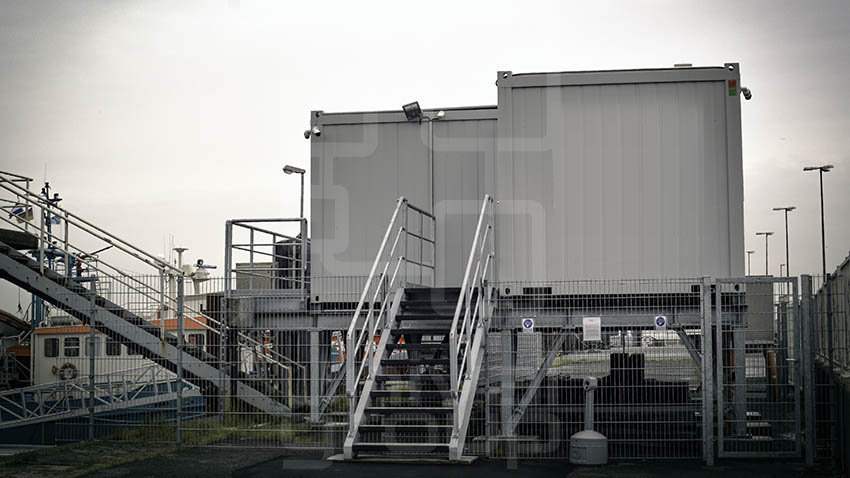
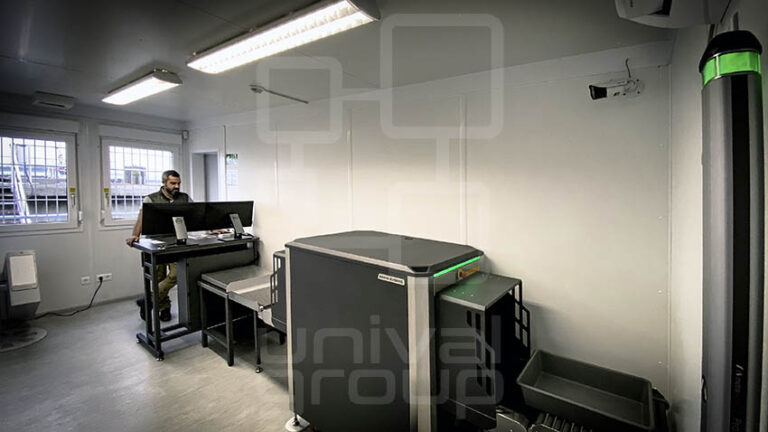

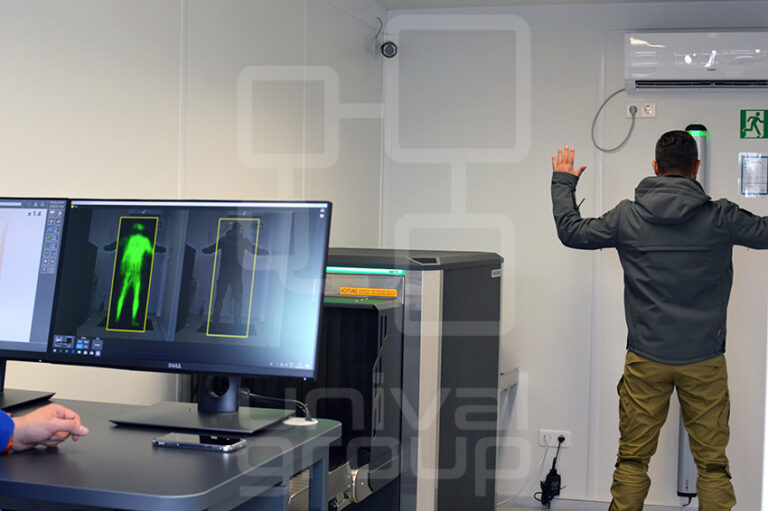
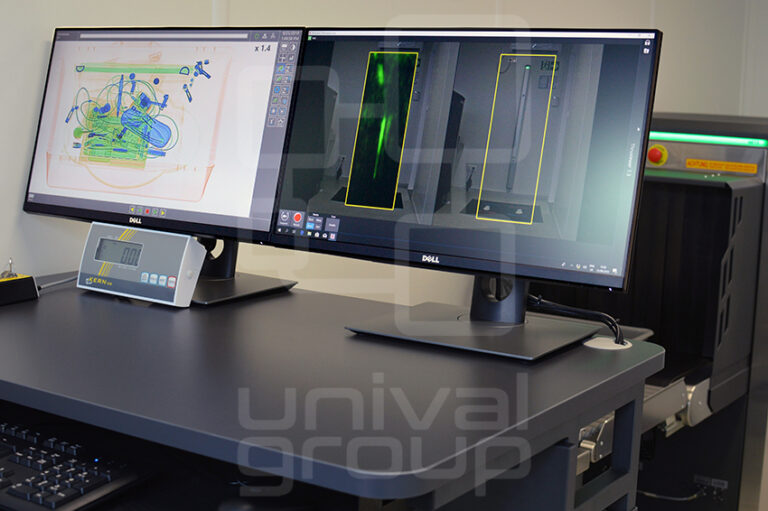
The unival process of Checkpoint design takes many factors in consideration and depends on checkpoint type, requested throughput, environmental conditions, search requirements, connectivity, user experience, and many more. As a specialized integrator we have access to all technologies in the market and can combine many different technologies in order to create the most efficient solution for the particular case.
Projects start with creating the right team of designated professionals, who have previous experience in similar checkpoint design. They will use proven cases with previous practical implementation as a basis for the planning of a new checkpoint.
Understanding the client’s needs and requirements is achieved as part of an extensive dialogue and consultation. Joint conclusions will be put in correlation with defined threats and risks to precisely determine screening goals for that specific case.
uniGATE SCREENING CHECKPOINT BY unival
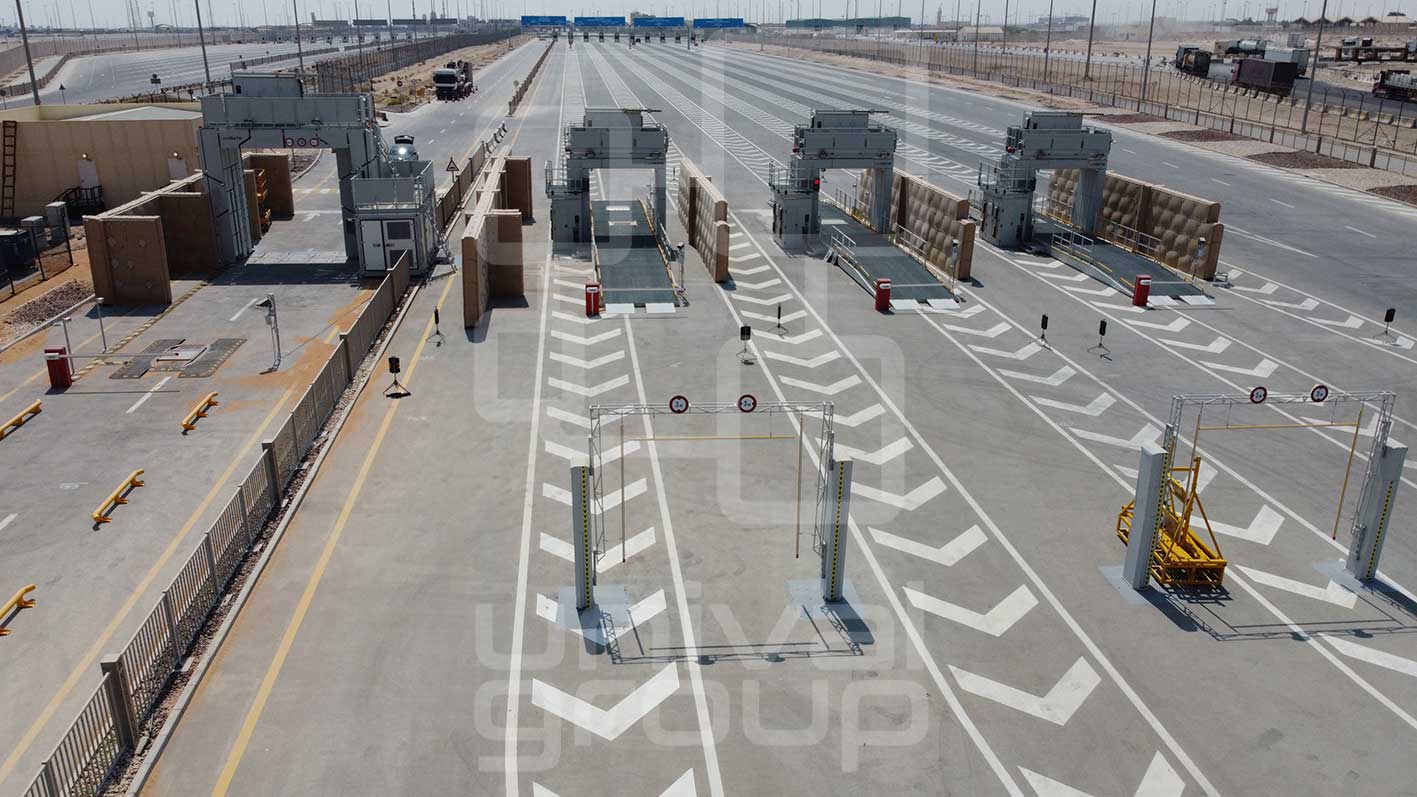
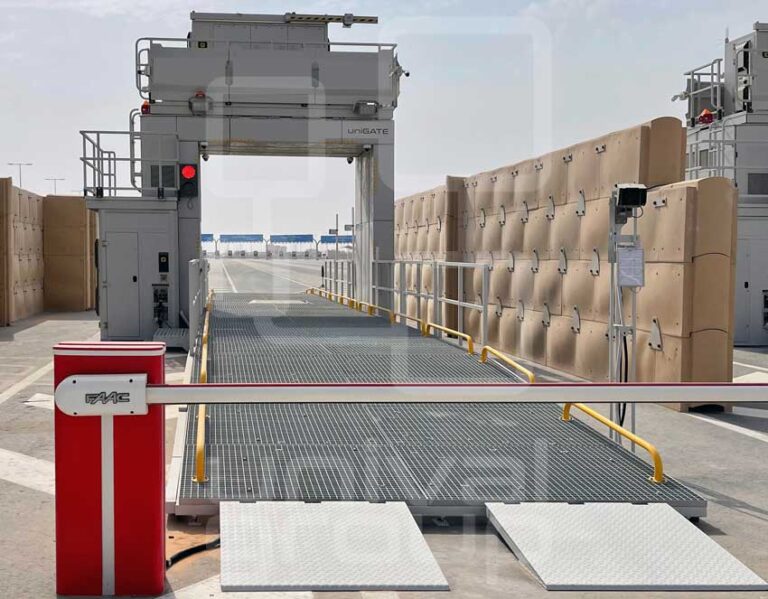
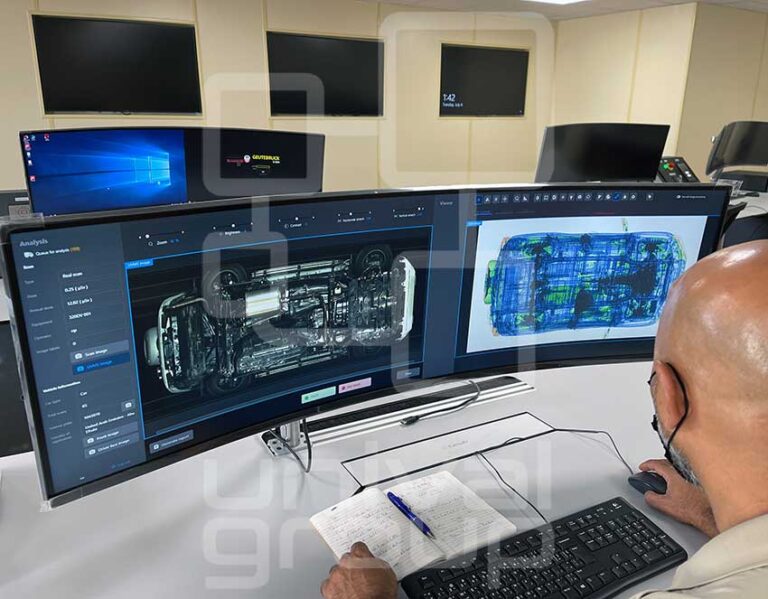
Once we define and analyze all possible threats, our team will create a list of equipment with required technical specifications in order to eliminate defined threats. This will include all necessary components which must be compatible with each other. If it is necessary, we will also suggest appropriate integration with existing devices.
Considering all parameters of Checkpoint placement and client’s capabilities, our team will suggest adequate component placement and workflow algorithms, which will guarantee maximum efficiency of existing solutions. In this process, we use all existing guidance and standards (from TSA, ECAC, CAAC, DFT, STAC and others) to be compliant with local legislations and global trends.
This kind of approach guarantees a maximum efficiency of the installed checkpoint and will typically also be the most cost-effective solution, which will eliminate costly mistakes in the planning phase. What has been proven by experience is that carefully planned and developed projects less expansive, faster executed and create added values in the implementation.
